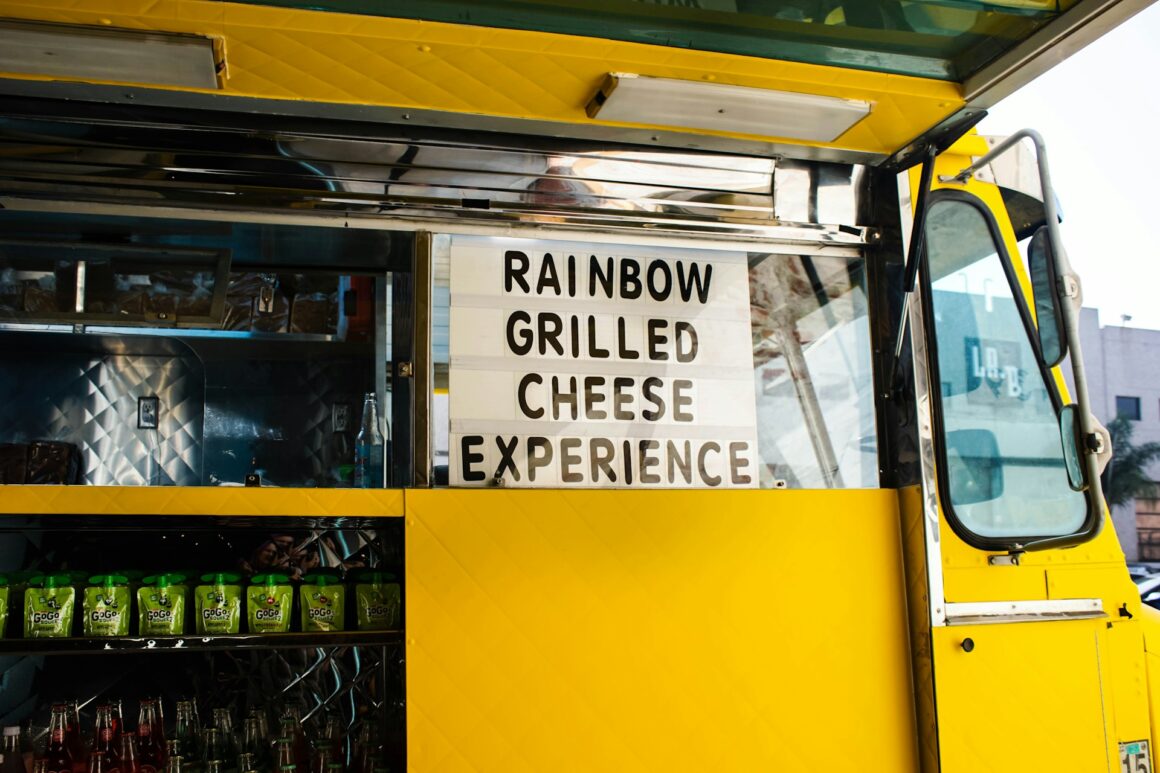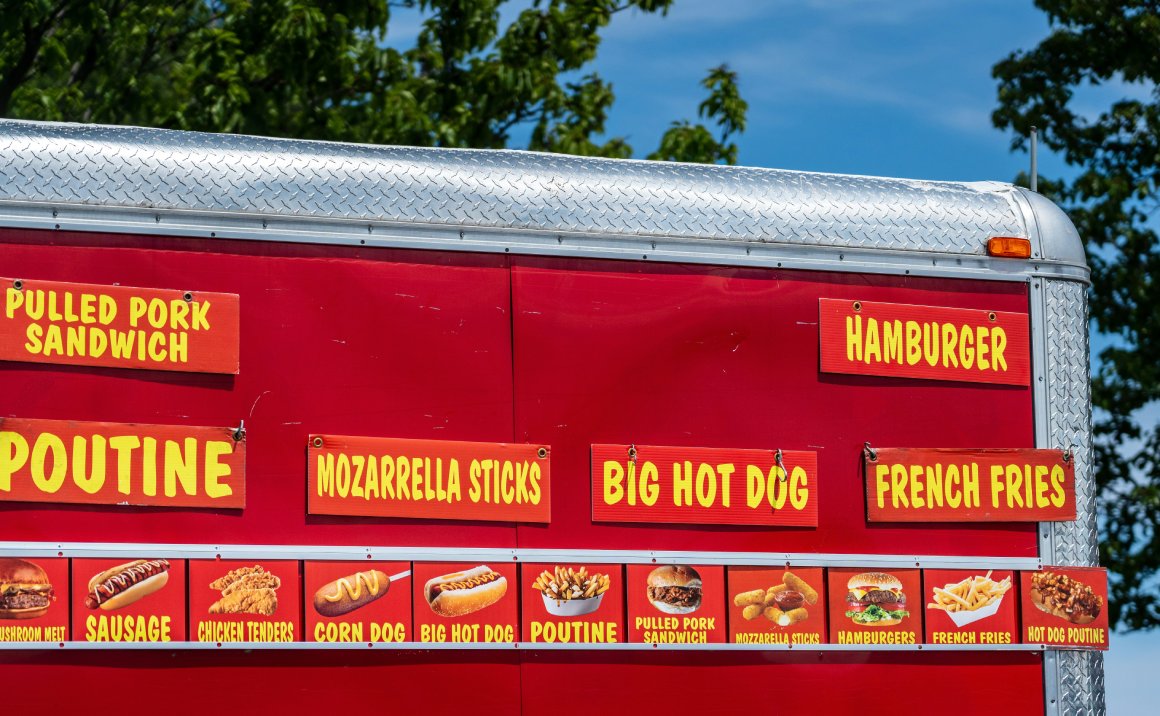
Sourcing Fresh Ingredients to Minimize Food Waste: A Chef’s Guide to Better Ingredients and Lower Waste
This post is part of a regular series. Click here to start at the beginning.
The quality and freshness of your ingredients play a crucial role in managing food waste. Ingredients that arrive fresh and are sourced locally not only enhance the flavor of your dishes but also last longer, reducing the likelihood of spoilage. As a chef, knowing how to source fresh ingredients and build relationships with reliable suppliers can make a huge difference in your kitchen’s efficiency and waste reduction.
In this post, we’ll cover how to effectively source fresher ingredients for your food truck or restaurant, with actionable strategies, examples, and the expected outcomes of implementing these practices.
1. Build Relationships with Local Suppliers
Working directly with local farmers, butchers, and produce vendors can give you access to fresher ingredients. Since local suppliers often deliver products faster than larger distributors, your ingredients will have more shelf life by the time they reach your kitchen.
Actionable Task:
- Source Ingredients Locally: Identify and connect with local farms, markets, and specialty suppliers in your area. Visit farmers’ markets or reach out to local food co-ops to establish regular delivery schedules based on your menu needs.
Example: A smoothie truck sources fruits like strawberries, peaches, and blueberries from a local farm, which ensures that the produce is picked at peak ripeness and delivered fresh. This reduces the chance of receiving overripe or bruised fruit.
Expected Outcome: Sourcing locally can extend the freshness of your ingredients by several days, reducing spoilage by 15-25%. You’ll also support local businesses and differentiate your food by marketing your truck as using locally sourced ingredients.
Investment Level: Medium – Depending on your location, sourcing locally may cost more per unit than buying in bulk from large distributors, but the reduction in waste and improved quality often offset the higher cost.
2. Order Smaller Quantities More Frequently
Instead of ordering large quantities of ingredients that may spoil before you can use them, ordering smaller amounts on a more frequent basis ensures that your ingredients are always fresh. This also reduces the risk of food waste due to spoilage or overstocking.
Actionable Task:
- Switch to Smaller, Frequent Orders: Work with your suppliers to set up a schedule for smaller, more frequent deliveries. Plan your menu around these deliveries to ensure you’re using the freshest ingredients at all times.
Example: A taco truck that uses avocados might switch from ordering 100 avocados every two weeks to receiving 50 avocados weekly. This ensures that avocados are always fresh and prevents the risk of them over-ripening before they’re used.
Expected Outcome: Smaller, frequent orders can reduce waste from spoilage by 20-30%, while keeping ingredients at their peak freshness.
Investment Level: Low to Medium – While more frequent deliveries may increase delivery costs, the reduction in food waste and the improvement in freshness and quality can make up for this added expense.
3. Prioritize Seasonal Ingredients
Ingredients that are in season are fresher, more flavorful, and often more affordable than those sourced out of season. Prioritizing seasonal ingredients ensures that your menu reflects what’s freshest, and reduces the risk of waste caused by low-quality or quickly spoiling produce.
Actionable Task:
- Design Menus Around Seasonal Availability: Rotate your menu to highlight seasonal produce and ingredients. Not only does this reduce waste, but it also keeps your menu exciting and changes with the seasons.
Example: A BBQ truck offers a summer special with locally grown sweet corn and tomatoes, and in the fall, it shifts to dishes using pumpkins and squash, taking advantage of peak seasonal freshness.
Expected Outcome: By using seasonal ingredients, you can reduce spoilage by 10-20% and improve the quality of your dishes. Additionally, buying in-season is often more affordable, saving 15-25% on ingredient costs.
Investment Level: Low – This strategy requires ongoing adjustments to your menu, but no significant financial investment beyond the usual ingredient purchases.
4. Conduct Quality Checks at the Time of Delivery
Even when sourcing from trusted suppliers, it’s important to inspect your ingredients as soon as they’re delivered to ensure they meet your quality standards. Sending back poor-quality items immediately can prevent waste and ensure you’re only using the freshest ingredients.
Actionable Task:
- Inspect Deliveries Upon Arrival: Designate someone on your team to check every delivery for freshness, quality, and ripeness. If any items don’t meet your standards, send them back or request a replacement.
Example: A burger truck receives a delivery of lettuce, tomatoes, and buns. The team checks each box to ensure the vegetables are crisp and fresh, and that the buns are soft. Any wilted or bruised items are rejected and returned to the supplier.
Expected Outcome: Consistent quality checks can reduce food waste by catching spoiled or subpar ingredients before they make it into your kitchen. Expect a reduction in waste of 5-10%.
Investment Level: Low – This task primarily requires time and diligence. There’s no direct financial cost, but it can save money in the long run by ensuring you only pay for high-quality ingredients.
5. Work with Suppliers to Adjust Orders Based on Demand
Building strong relationships with your suppliers allows for flexibility in your ordering process. If you know you have a slow week coming up or anticipate higher demand for a special event, you can adjust your orders accordingly to prevent overstocking or running out of key ingredients.
Actionable Task:
- Communicate Regularly with Suppliers: Let your suppliers know about changes in your demand—whether it’s reducing orders during slow periods or increasing them for busy times. This prevents over-ordering and ensures you have exactly what you need.
Example: A taco truck that knows a big festival is coming up increases its order of tortillas and protein for that week, but reduces orders during a slow winter month when fewer customers are expected.
Expected Outcome: Better communication with suppliers can lead to a 10-15% reduction in food waste from overstocking, as well as cost savings from more precise ordering.
Investment Level: Low – This involves building a strong relationship with your suppliers and maintaining regular communication. No additional financial investment is required.
Conclusion: Sourcing Fresh Ingredients as a Key to Reducing Food Waste
Sourcing fresher ingredients is one of the simplest ways to reduce food waste in your food truck or restaurant. By building relationships with local suppliers, ordering smaller quantities more frequently, and focusing on seasonal ingredients, you can keep your stock fresh and minimize spoilage.
These strategies will not only help you reduce waste but will also enhance the quality of your dishes and increase customer satisfaction. As a chef, sourcing fresh, high-quality ingredients is key to delivering an exceptional dining experience while keeping waste and costs under control.
This post is part of a regular series. Please use these links to view the rest of the series in order.
Exploring the Different Types of Mobile Food Businesses: Food Trucks, Trailers, Carts, and Booth Setups
The Pros, Cons, and Investment Levels of Food Trucks, Concession Trailers, Food Carts, and Booth…
Optimizing Food Truck Operations to Handle Increased Demand and Maintain Efficiency
Scaling Up: How to Optimize Your Food Truck Operations as Your Business Grows As your…
How to Brand Your Food Truck Effectively – A Guide from a Branding Specialist
Branding Your Food Truck: A Step-by-Step Guide to Building an Identity that Stands Out If…




